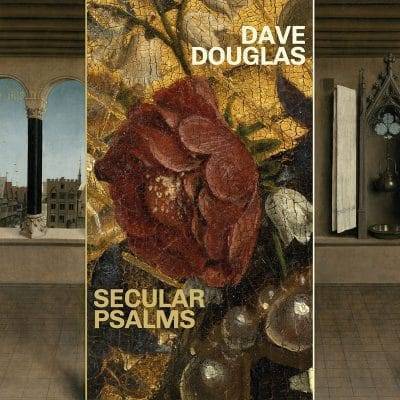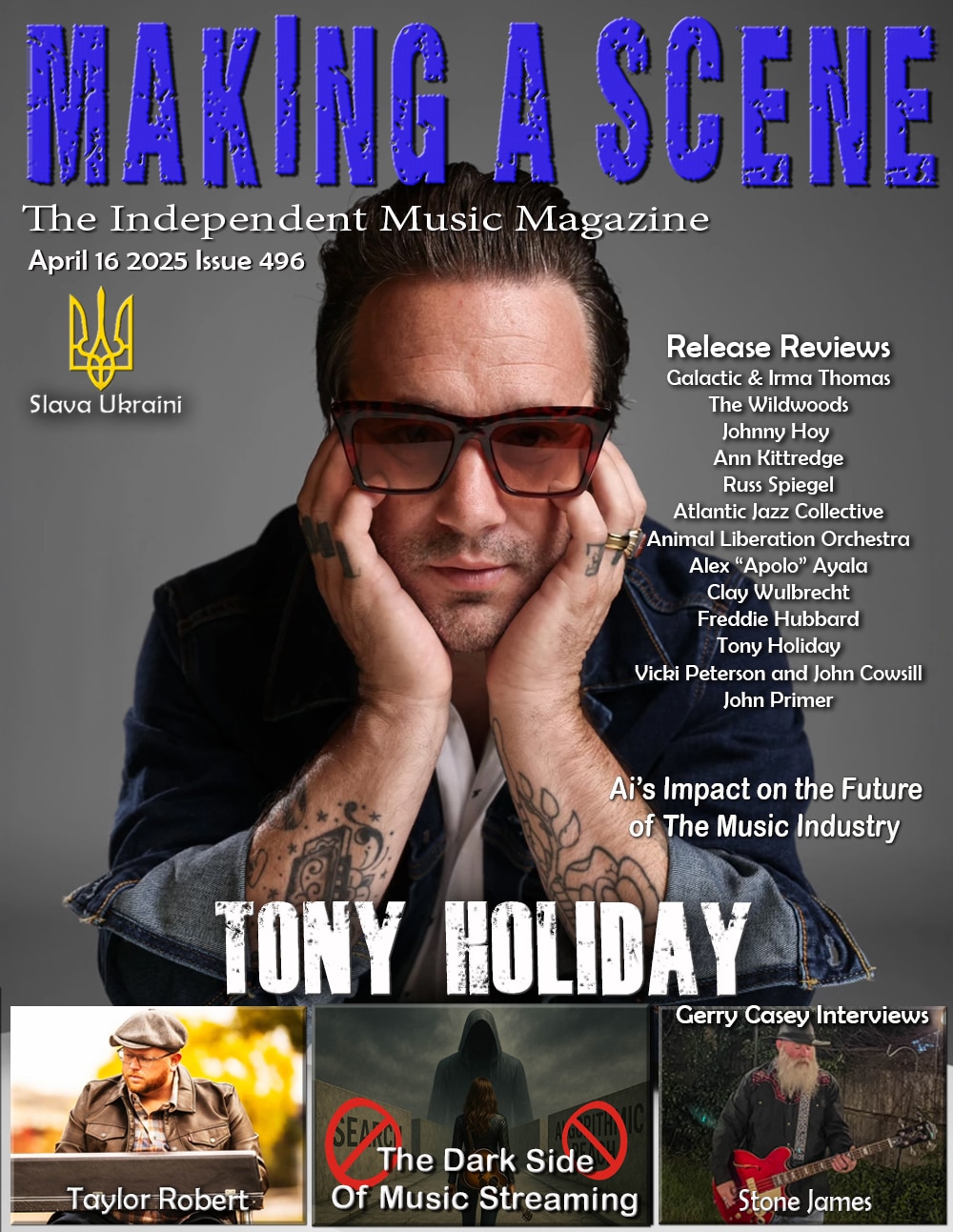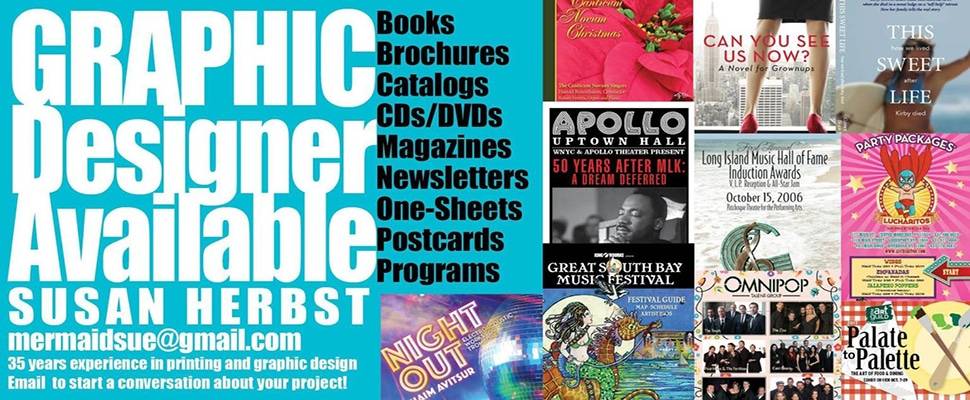Dave Douglas Secular Psalms
 Dave Douglas
Dave Douglas
Secular Psalms
Greenleaf Music
We have covered contemporary jazz composer, trumpeter, bandleader, and owner of Greenleaf Music Dave Douglas on the pages previously, but as a sideman. Introducing him with this work, Secular Psalms, may be a bit off the cuff and not the most direct representation of his style. Yet, all things considered, Douglas lives far from the mainstream, out on its edges, the primary reason he founded his label as a home for kindred spirits of his type. The work is a newly commissioned suite of ten pieces with cellist Tomeka Reid and a group of young European musicians. It is inspired by Jan van Eyck’s Ghent Altarpiece, known as The Adoration of the Mystic Lamb, celebrating its 600th anniversary, a polyptych originally painted for display in St. Bavo’s Cathedral in Ghent, Belgium. The music draws on 15th-Century Flemish composer Guillame Dufay. The City of Ghent and the Handelsbeurs Theater commissioned the work that features unusual instruments such as serpent, lute, organ and sampler in a mix of electronic and acoustic sounds
Douglas draws on Latin Mass, early medieval folk songs, composers of the period along with Dufay, and improvised music. The title refers to “songs of praise for all of us.” The first and lengthiest piece at eight minutes plus is “Arrival” a stunning, darkly textured mix of trumpet enveloped by electronics, drums, and guitar. As we move into “Mercy,’ the lyrics do include a line from the iconic Marvin Gaye tune, “Mercy, Mercy Me.” “We Believe” and “Agnus Dei” are drawn from texts of the Latin Mass. Here is the full ensemble – Dave Douglas (trumpet, voice), Berlinde Deman (serpent, tuba, voice), Marta Warelis (piano, prepared piano, pump organ), Frederik Leroux (guitars, lute, electronics), Tomeka Reid (cello), Antoine Pierre (drums, electronics).
Inspired by the Flemish primitives and this massive work of art, Douglas derives inspiration from Van Eyck’s use of color, eye for detail, and sense of composition. But there is more at play here than just the inspiration of the artwork. As alluded to earlier, Douglas delves in polyphony from Dufay, who developed the form during this same period where the Middle Ages and Renaissance intersect. We could compare the plague of those times causing delays in the completion of the artwork just as COVID-19 contributed to resourceful logistics over a year to make the album in four different studios in three separate countries. Accordingly, a lack of human contact, isolation and distance are embedded in this music. In this way, the Middle Ages resonate further in the present. That, the impact of Black Lives Matter, and various issues surrounding the Presidential election also pushed Douglas to develop what he feels is a spiritual score for optimism in these troubled times.
In an interview with a European outlet Douglas comments, “When the polyptych is closed, it mainly looks gray, but when those doors open, you get an explosion of colors. BOOM.” In the liner notes he further describes this visual impact – “…the piece begins in the space of the outer panels, with muted colors and dank interiors. Subsequent sections explore the inner panels, full of light, showing people from all walks of like. With Edge of Night, the piece returns to the mysterious and darker panels of the Arrival, where Van Eyck’s Gabriel and Mary play out this mystery for all eternity.”
Just as the painting itself took six to eight years to complete, Douglas spent massive amounts of time in research, let alone recording, through the pandemic period. He studied the music of Dufay (1397-1474) who may have been friends with Van Eyck, as both belonged to the court of Philip The Good of Burgundy. He also found a poem by Christine de Pizan, a French speaking writer of the time. Douglas says that his sound is reminiscent of Dufay and that he uses some of his compositional techniques, but that it is still contemporary music. Surely the electronics and guitar lines in “Mercy,” as one small example, attest to that.
This is also the first time Douglas sings on an album, delivering this text that he wrote for “Edge of Night,” which serves as a conclusion to this ambitious musical endeavor –
Edge of night, edge of night
When the fireflies start with light
Knowing they’ve got to fly away,
light won’t stay
Edge of night, edge of day
Shadows flickering in one last ray
Making this music will help us heal.
Even as the world continues to reel.
We laugh
We dance
We love
We pray
Even as we mourn
A casual perusal of this project may turn away those unwilling to wade into artful, forward thinking contemporary music, especially when wrapped in so many religious touchstones. Yet, Douglas uses the term ‘secular’ as ‘for everyone”. It’s about beauty. By turns lyrical, mysterious, and spiritual, it becomes more fascinating with each listen. One time through won’t do it. You owe yourself at least a couple.
- Jim Hynes
Buy Us a Cup of Coffee!
Join the movement in supporting Making a Scene, the premier independent resource for both emerging musicians and the dedicated fans who champion them.
We showcase this vibrant community that celebrates the raw talent and creative spirit driving the music industry forward. From insightful articles and in-depth interviews to exclusive content and insider tips, Making a Scene empowers artists to thrive and fans to discover their next favorite sound.
Together, let’s amplify the voices of independent musicians and forge unforgettable connections through the power of music
Make a one-time donation
Make a monthly donation
Make a yearly donation
Buy us a cup of Coffee!
Or enter a custom amount
Your contribution is appreciated.
Your contribution is appreciated.
Your contribution is appreciated.
DonateDonate monthlyDonate yearlyYou can donate directly through Paypal!
Subscribe to Our Newsletter
Discover more from Making A Scene!
Subscribe to get the latest posts sent to your email.














































